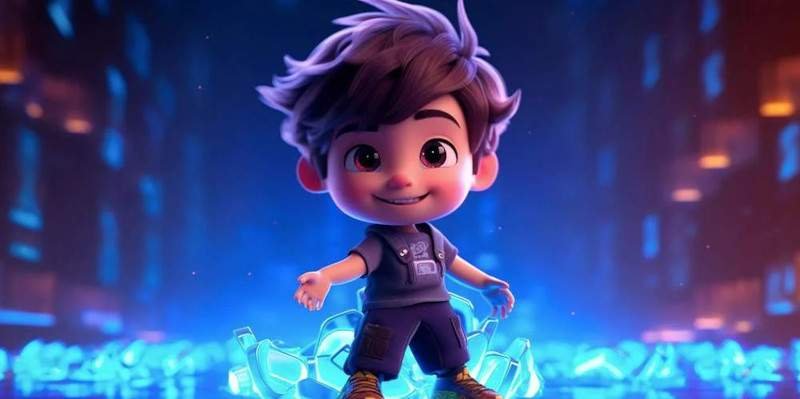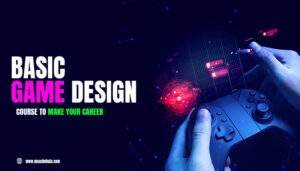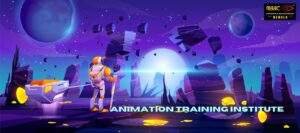Over the years, the gaming business has undergone an extraordinary shift, and animation has been a key factor in this change. From 2021 to 2026, the animation and gaming industry growth pace is anticipated to accelerate at a CAGR of 22.76%, with the market share forecast to rise by USD 103.30 billion.
The information in this market research report on gaming and animation will be helpful to businesses as they assess their strategic business plans. Animation has always been a key component of engaging gaming experiences. There are a wide range of games that are created using the right animation tools. This blog presents you with details on how animation impacted the gaming industry.
- Visual Appeal
With more and more animation implemented in games, the overlook makes it worth enjoying. The development of aesthetically appealing and realistic settings that transport players to new realms is now possible thanks to animated tools. Animation allows for limitless inventiveness, capturing players’ imaginations, whether they are travelling through a rich fantasy environment or deep space.
- Creating characters
Any good game needs memorable characters to succeed. Game designers may create realistic characters with distinctive personalities and expressions thanks to animation. Players and their virtual friends can form emotional bonds because of the avatars’ ability to communicate, emote, and mature during the game thanks to carefully crafted animations.
- Storytelling: A Visual Journey
Animation has played a significant role in the evolution of narrative-driven games in the gaming industry. Cinematic storytelling experiences are enhanced by animated cutscenes, emotive character expressions, and intricate facial animations. Games today are interactive adventures with captivating narratives rather than simple task-based activities.
- Innovative Art
For game developers, animation has opened a world of artistic possibilities. The use of several art forms, such as cell-shaded graphics and minimalist designs, allows developers to create visually appealing games that stand out in a competitive market. This range of artistic expression enhances the game industry and appeals to a wider audience.
- Enhanced Realistic Approach:
The distinction between virtual and real-world movement has become hazier because of the development of motion-capture technologies. The performances of actors can be recorded and translated into the virtual world, giving character actions a sense of realism. Games can now address difficult issues and emotionally charged storytelling thanks to the increased realism, which also improves immersion.
- Evolving Nature of Multiplayer
Multiplayer experiences are constantly changing, and animation has a big part to play in that. Expressive animations are crucial to character development and player bonding in games like Fortnite, Overwatch, and League of Legends.
Conclusion
The gaming industry’s creativity, and immersive experiences are now all powered by animation. We can anticipate even more astounding developments in animation as technology progresses, further obfuscating the boundary between reality and the virtual world. Animation has established itself as an unstoppable tool reshaping the landscape of interactive entertainment, from the early days of gaming to the present. With this, the demand for animators is also increasing. MAAC Behala offers the best animation course for fresh and inventive minds.




